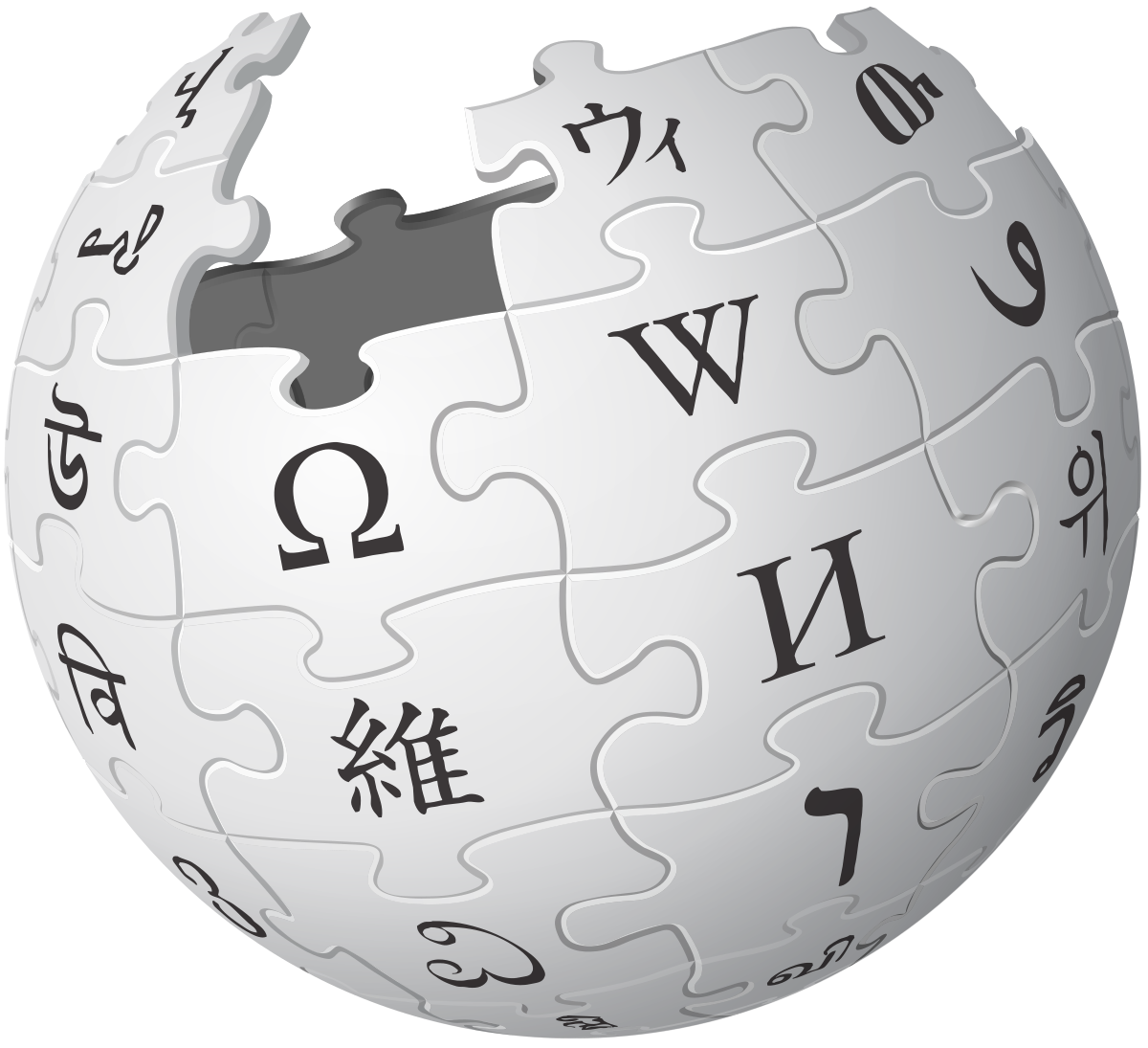Post-Operative Care Information After Hip Surgery
THE FIRST 2 WEEKS AFTER SURGERY
- It is normal to experience some post-operative discomfort and swelling in the groin, thigh, lower back and buttock regions. Some degree of pain or ache can persist for up to three months following your surgery. This is all part of the healing process. On average, 70-80% of patients report an improvement in their symptoms, 10-15% report no significant improvement and 5% may find their hip is worse.
- You may require crutches for a few days and possibly longer (this depends on the individual).
- You will be reviewed by Mr Singh at approximately 10-14 days post-surgery to remove the stitches from the wounds. This appointment will be made prior to your surgery and will be documented on your confirmation of surgery form. The details of the surgery will be discussed with you at this appointment and Mr Singh will guide you through your recovery
- Arrangements for any physiotherapy or rehabilitation can be made at your two week appointment. This is also a good time to ask for any medical certificates that you might require to be completed.
6 Weeks Following Surgery
Click edit button to change this text.
MOBILISATION:
Following surgery, you are able to walk. It is important to try to maintain a normal walking pattern and avoid limping. Generally most patients are able to wean themselves of crutches within the first 2-3 weeks. Crutches may be used initially to assist you with walking. The physiotherapist will assist you and guide you through this process. You may weight bear on the operative leg, unless specifically requested not to, by Mr Singh.
If you are using crutches, wean yourself off them as soon as you like, provided you are not limping. If one crutch is needed for a short period, it should be used in the opposite hand to the operative leg. You may need to discuss the appropriate time to stop using crutches with the physiotherapy team.
POST-OPERATIVE PAIN:
Some pain and tightness may be experienced around the incision sites on the hip. Observe the wounds for signs of infection which include: hot, painful, redness and swelling. Please contact your General Practitioner or the Consulting Suites if you are concerned. This is extremely rare occurrence.
You should be walking relatively pain free 12 weeks post-surgery. Up until then you may experience some pain or ache around the site of surgery, groin, thigh and or buttock. Your return to work will depend on your pain level and your job requirements. Most patients return to work within two weeks on light duties. Dr Singh will be able to advise you further on this during the consultation.
PHYSIOTHERAPY:
- Physiotherapy can start approximately 10 days post-surgery. Mr Singh does not recommend hip flexion greater than 90 degrees or excessive rotation of the hip, deep squats, lunges and clams for the first 6-12 weeks following surgery. Your physiotherapist can design an individualized movement, strength and rehabilitation program for you. They will be able to guide you with time-frames of returning to sporting activities depending on your progress. This will vary for each person and depends on the surgical findings and degree of symptoms prior to surgery. High seat cycling can commence 2-3 weeks after surgery.
- Running should not be attempted before 6 weeks after surgery in order to avoid the risk of fracture. It may take up to 12 weeks for an elite sports person to return to their previous level of competition and fitness.
- Swimming and hydrotherapy can commence when your wound is healed. Do not attempt breaststroke. Flippers may assist to even out your kick, but do not use them to kick hard.
- Treat any flare up of pain with cold packs, analgesia and anti-inflammatory medication. Your General Practitioner can assist with pain management during your rehabilitation.
Activities To Avoid / Take Care With For 6 -12 Weeks Post-Surgery
- Prolonged standing – especially on hard surfaces, prolonged walking & heavy lifting.
- Deep squatting, crouching, lunges, clams or excessive rotation of the hip joint.
- For left hip procedures, please drive an automatic car. Using the clutch may cause symptoms to flare up in the first couple of weeks and is best avoided.
- Sleeping on your side. If you must sleep on your side, then choose the no-operative side to lie and put a pillow between your legs to support the top leg level with the rest of your body. Sleeping on your back is better.
- Sitting with the hips at 90°. An open sitting angle of 120° is recommended. Car seats can be released back to allow for the open sitting angle that helps to open the hips out.
Consulting Locations
Richmond VIC 3121
Book a consultation on:
(03) 9428 4128
343-357 Blackburn Rd,
Mt. Waverley VIC 3149
Book a consultation on:
(03) 9428 4128
Book Online at Waverley Private Hospital
Blackburn VIC 3130
Book a consultation on:
(03) 9428 4128
Book Online at Forest Hill
Gisborne VIC 3437
Book a consultation on:
(03) 9428 4128
Book Online at Gisborne
262 Main St,
Mornington VIC 3931
Book a consultation on:
(03) 9428 4128
Book Online at Mornington
108 Bridport Street,
Albert Park VIC 3206
Book a consultation on:
(03) 9428 4128
Book Online at Albert Park
240 Hoppers Lane,
Werribee VIC 3030
Book a consultation on:
(03) 9428 4128
Make an appointment with our Melbourne orthopaedic surgeons
If you are a patient suffering from a knee or hip issue, you can get a referral and make an appointment with a surgeon at PJS Orthopaedics at a time and location that suits you.
Whether your knee or hip injury is a result of playing sport, has come about because of trauma injury, or is simply due to wear and tear, our Melbourne surgeons have the experience and expertise to find a surgery solution that is right for you.






